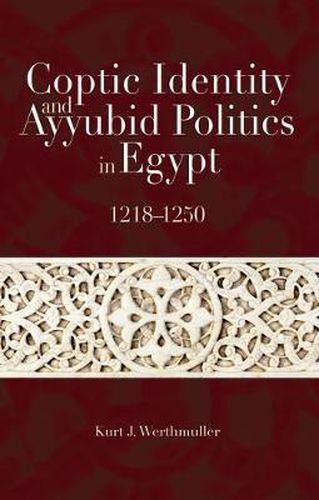Readings Newsletter
Become a Readings Member to make your shopping experience even easier.
Sign in or sign up for free!
You’re not far away from qualifying for FREE standard shipping within Australia
You’ve qualified for FREE standard shipping within Australia
The cart is loading…






Using the life and writings of Cyril III Ibn Laqlaq, 75th patriarch of the Coptic Orthodox Church, along with a variety of Christian and Muslim chroniclers, this study explores the identity and context of the Christian community of Egypt and its relations with the leadership of the Ayyubid dynasty in the early thirteenth century. Kurt Werthmuller introduces new scholarship that illuminates the varied relationships between medieval Christians of Egypt and their Muslim neighbors. Demonstrating that the Coptic community was neither passive nor static, the author discusses the active role played by the Copts in the formation and evolution of their own identity within the wider political and societal context of this period. In particular, he examines the boundaries between Copts and the wider Egyptian society in the Ayyubid period in three in-between spaces : patriarchal authority, religious conversion, and monasticism.
$9.00 standard shipping within Australia
FREE standard shipping within Australia for orders over $100.00
Express & International shipping calculated at checkout
Using the life and writings of Cyril III Ibn Laqlaq, 75th patriarch of the Coptic Orthodox Church, along with a variety of Christian and Muslim chroniclers, this study explores the identity and context of the Christian community of Egypt and its relations with the leadership of the Ayyubid dynasty in the early thirteenth century. Kurt Werthmuller introduces new scholarship that illuminates the varied relationships between medieval Christians of Egypt and their Muslim neighbors. Demonstrating that the Coptic community was neither passive nor static, the author discusses the active role played by the Copts in the formation and evolution of their own identity within the wider political and societal context of this period. In particular, he examines the boundaries between Copts and the wider Egyptian society in the Ayyubid period in three in-between spaces : patriarchal authority, religious conversion, and monasticism.